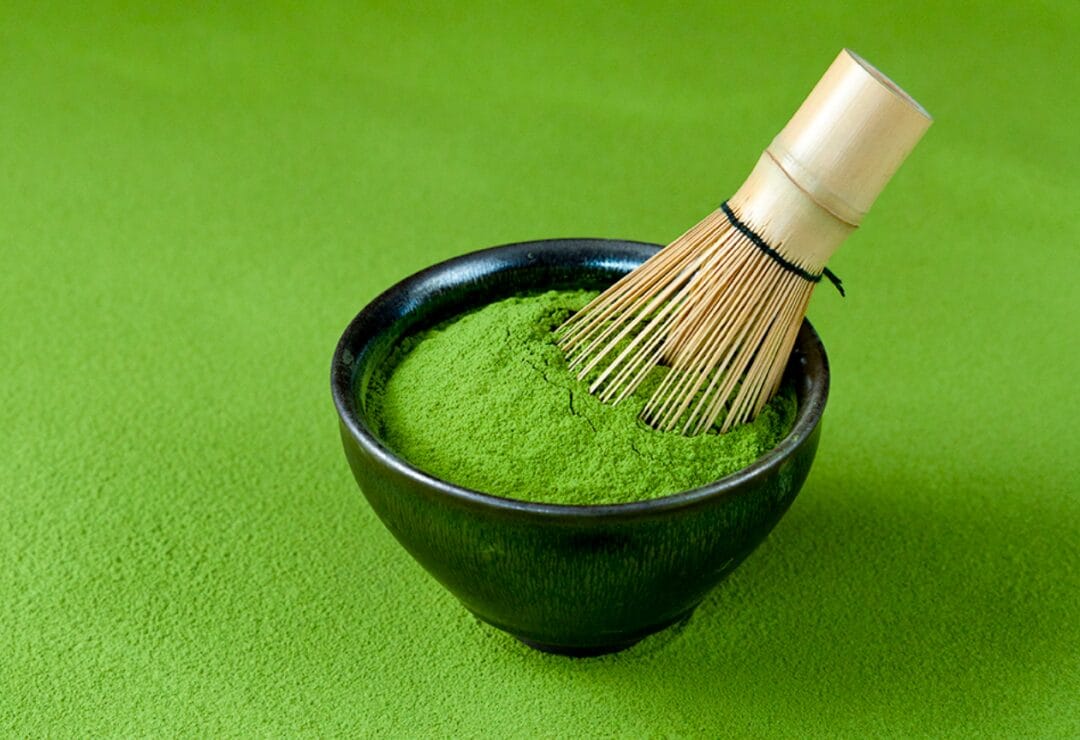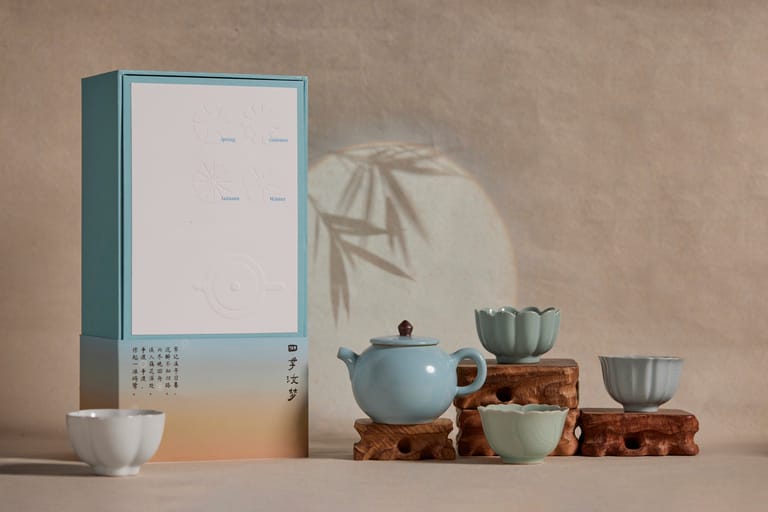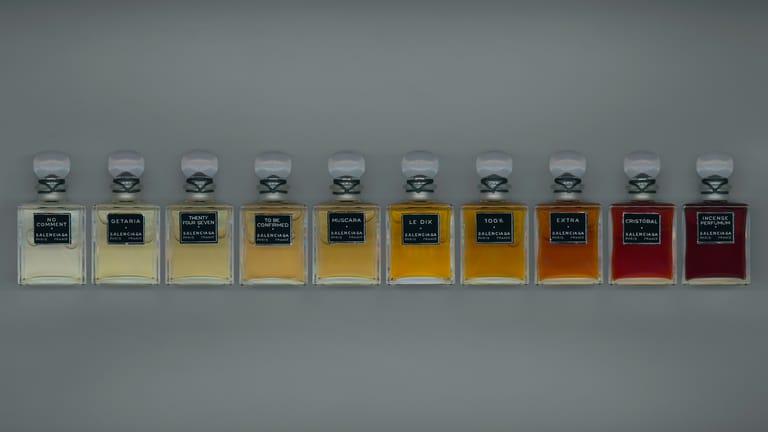Brewing Identity: Guizhou Matcha’s Cultural Ascent
By
Huiyan Chen

Published on
May 6, 2025

Jingzhi Vibe is a deep dive into the ever-evolving world of jingzhi(精致)—China’s unique expression of refinement, aesthetics, and cultural sophistication. This column unpacks the latest trends, movements, and lifestyle shifts shaping contemporary consumer desires, spanning luxury, fashion, design, wellness, and beyond. With a sharp local lens, Jingzhi Vibe deciphers how brands, creatives, and tastemakers are redefining modern Chinese elegance—and what it means for those looking to navigate this dynamic market.
Since March, “Guizhou matcha” has emerged as a seasonal sensation across retail and F&B channels like Freshippo. With its striking green-and-white packaging and provenance proudly displayed, this hue from China’s mountainous southwest is quickly capturing the attention of consumers.
While matcha itself is hardly new—long associated with Kyoto tea houses and Zen aesthetics—what’s changed is its geography. The latest wave of interest doesn’t point to Japan but to Tongren, a mist-shrouded city in northeastern Guizhou. Here, matcha is no longer just an agricultural product—it’s a cultural touchpoint, consumer good, and tourism experience. On RedNote, the tag “Guizhou Tongren Matcha” has already garnered more than 470,000 views.
Following the rise of Moutai as Guizhou’s defining flavor, matcha may be next in line. Behind the trend lies a broader story of industrial restructuring, brand-building, and cultural export—forces that are reshaping the province’s agricultural narrative and unlocking new opportunities in tourism.
How Did Guizhou Matcha Go Mainstream?
For decades, Japan held a near-monopoly on matcha’s cultural cachet. Now, Guizhou’s take on the powdered tea is becoming a new bridge between place and perception. Its rise has been quiet but persistent—much like spring rain.
“I can’t quite remember when I first realized Guizhou produced matcha—maybe it was through a tea-themed milk tea brand like Quchashan,” said Estella Ma, who traveled to Guizhou drawn by her love of matcha. Her experience is echoed by Kacee Fan, a Guizhou-based travel curator: “A lot of visitors come to Guizhou just for Quchashan. And when choosing souvenirs, they make a point of seeking out matcha products.”

Localized beverage brands—deeply tied to both place and flavor—have played a key role in putting Guizhou matcha on the map.
At the same time, the growing popularity of Yunnan and Guizhou cuisine in Tier-1 cities has elevated the “Guizhou” label in the national culinary landscape. In 2024, restaurants serving these regional dishes surpassed 1,000 outlets in both Beijing and Shanghai, accounting for 3.1 percent of Chinese dining establishments nationwide, according to a database of emerging business trends.
Though some critics dismiss these restaurants as overly templated and capital-driven, they have nonetheless rekindled interest in regional ingredients—matcha included.
Tea Is Not New—But the Supply Chain Is
In Tongren, matcha is more than a trend—it’s a return to memory, to mist-laced mountains where wild tea trees still grow. Tea cultivation in eastern Guizhou dates back to the Tang dynasty’s Classic of Tea. The region’s high altitudes, selenium-rich soil, and persistent fog give its matcha a delicacy on par with its Japanese counterpart.
Today, Jiangkou County in Tongren produces more than 1,000 tons of matcha annually—about a quarter of China’s total—and exports to over 40 countries. By 2025, Tongren’s matcha planting area is projected to reach 45,000 mu (roughly 7,400 acres), with output expected to exceed 1,300 tons in 2026 and industry value surpassing 1 billion RMB.
This growth is no accident. It’s the result of deliberate policymaking. In 2018, Guizhou designated matcha as a provincial public brand and issued China’s first local production standard. By 2021, Tongren was named a core export processing zone in the province’s 14th Five-Year Plan for tea. In 2022, a high-quality development plan followed, envisioning a full value chain—from cultivation to academia, R&D, local consumption, and global export.
“Guizhou matcha was largely scaled up through the leadership of Guitea Group,” said Jane Ma, a source close to the provincial government. “Previously, cultivation was scattered and small-scale. Guitea consolidated upstream and downstream channels, standardized processing, and successfully built the Guizhou matcha brand.” In 2023, the company’s matcha exports exceeded 70 million RMB, ranking first in China and second globally.
In March, Guitea signed a deal with Freshippo to establish China’s first “Matcha Freshippo Village” in Bapan Town, Tongren—a milestone linking farm to experience-driven retail.
From Origin to Experience
At Moshanji, a matcha-themed destination in Tongren, tea becomes immersive storytelling. Spanning over 300 square meters, the venue offers a contemporary take on tea culture. “We offer Song Dynasty-style tea ceremonies, matcha-infused rice wine, and creative food pairings like matcha noodles, cakes, and sweet potato vermicelli,” founder Ao Yang said. “Compared to traditional teahouses, we focus more on modern interpretations and experiences.”
This hands-on engagement is turning Guizhou matcha into a bona fide tourism draw. “When I was in Jeju, I visited a green-tea-themed park where you could take photos in the fields and enjoy green-tea-based desserts,” said Estella Ma. “Now you can do the same at Moshanji in Tongren. I hope more places like this open up.”
Yang said they’re also planning an online initiative allowing visitors to “adopt a tea tree”—an effort to connect distant consumers while supporting local farmers.

Yet despite natural advantages and a growing brand identity, matcha’s role in Guizhou’s cultural and tourism offerings remains fragmented. Beyond a few standout experiences like Moshanji, most matcha-related offerings are limited to F&B. High-end hotels may feature matcha on menus, but few build narratives around it. Travel platforms continue to highlight conventional plantation visits, while cultural products have yet to coalesce around matcha as a defining symbol.
Last year, Guizhou’s tourism bureau announced plans to include “Fanjing Matcha” in thematic itineraries for Tongren, encourage luxury hotels and boutique stays to offer matcha experiences, and develop educational programs in partnership with Guitea, including factory tours and Song Dynasty tea workshops.
The journey from raw crop to tourism experience is still unfolding. With a robust supply chain in place, the next step is experiential storytelling—building consumer-facing scenes that foster emotional and cultural connection. Coordinated efforts could position matcha as a lasting emblem of provenance and place.
This is agri-cultural-tourism integration in a new form: one where local industries reorganize around product, culture, and experience to engage consumers in meaningful ways. For Guizhou’s mountainous interior, matcha is no longer just an economic asset—it’s a revitalized narrative. One that invites outsiders in through taste, and leaves them with a deeper understanding of the region’s geography, ecology, and cultural soul.












